30 Little-Known Historical Photos: Discover Forgotten Moments
Some moments in history stay hidden in old photographs, quietly holding onto memories we've almost forgotten. When you look closely at these faded images, the light and shadows whisper stories of time, both beautiful and heavy.
But the best stories? They're in the candid shots, the ones taken when photographers weren't chasing "the perfect moment" or trying to impress history books. Those unplanned clicks? That's when the camera really caught life being messy, real, and unforgettable.
In this article, let's dive into these forgotten frames together and discover the raw, emotional power of history's unplanned moments.

In this article, you will learn:
30 Little-Known Historical Photos
1. In 1976, Soviet explorers along the Chukchi Sea fed a polar bear and her cubs with meat. This moment was captured on film.
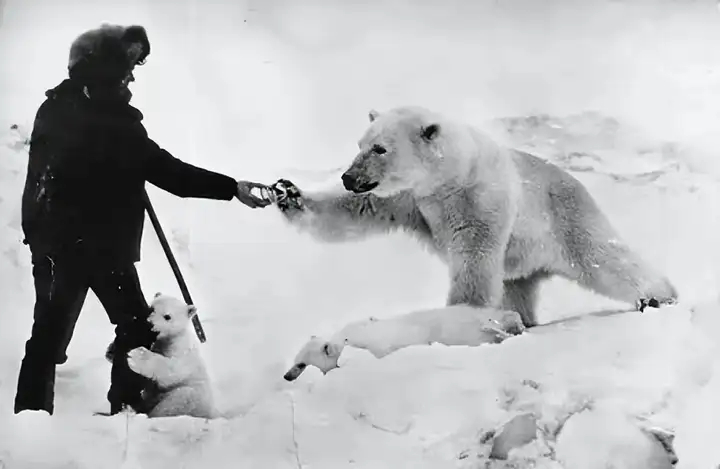
2. Around 1910, at Glacier National Park by St. Mary Lake in Montana, a photographer snapped pictures of several Native American Blackfoot Braves.
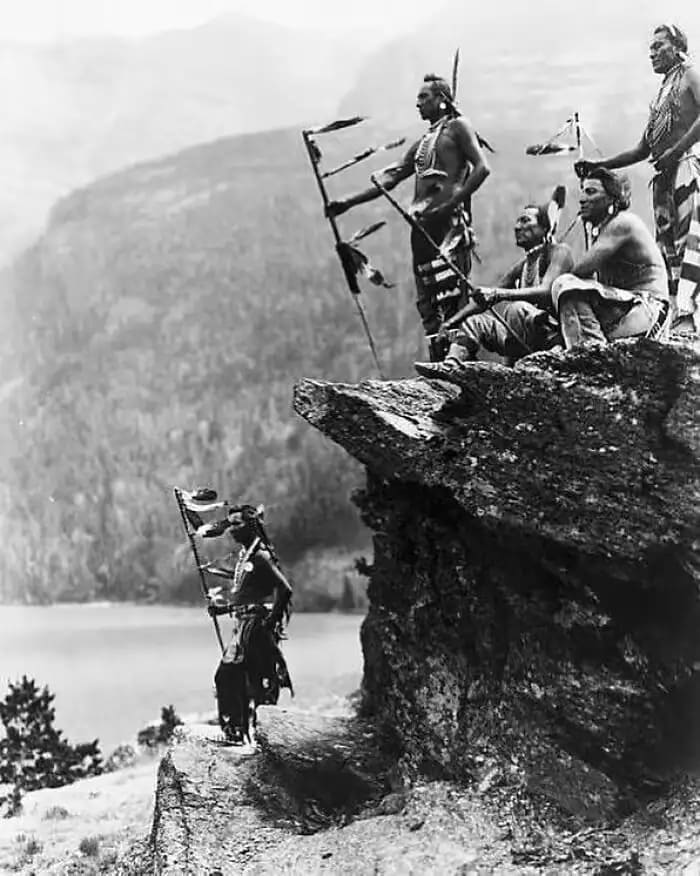
3. In 1839, Robert Cornelius took what is known as America's first portrait. The sitter had to stay still for 10 to 15 minutes.
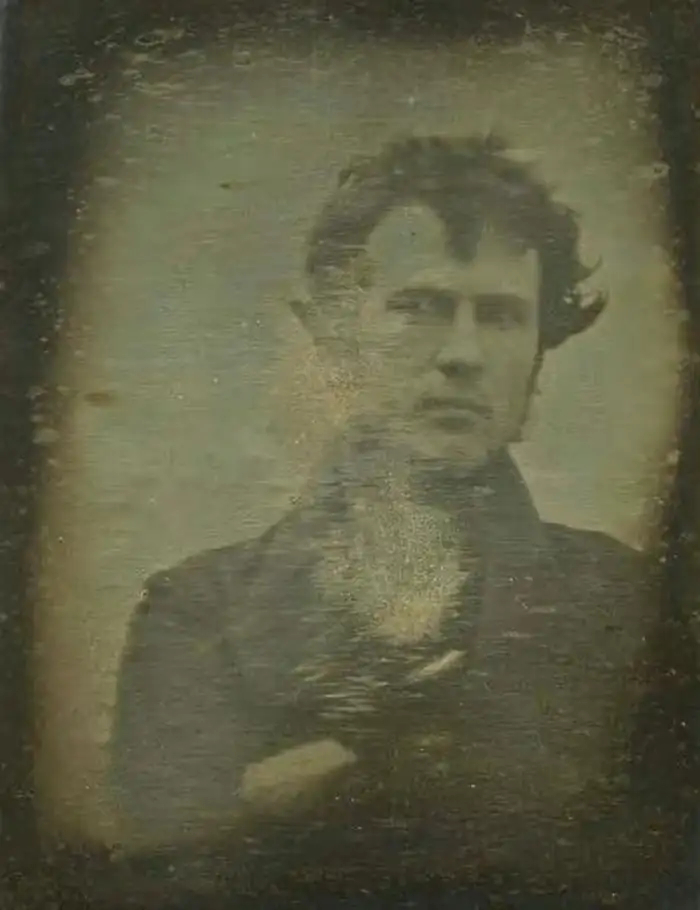
4. Richard LaSher captured the dramatic moment when Mount St. Helens erupted in 1980.
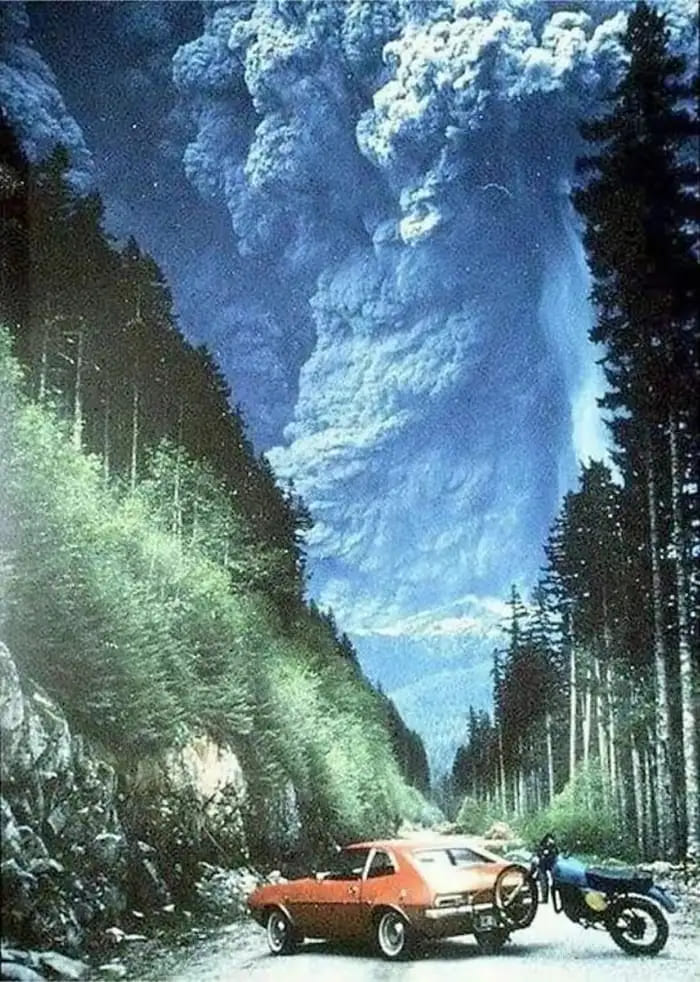
5. In 1894, near the Temple of Delphi in Greece, an archaeologist snapped a photo of an almost intact statue of Antinous.
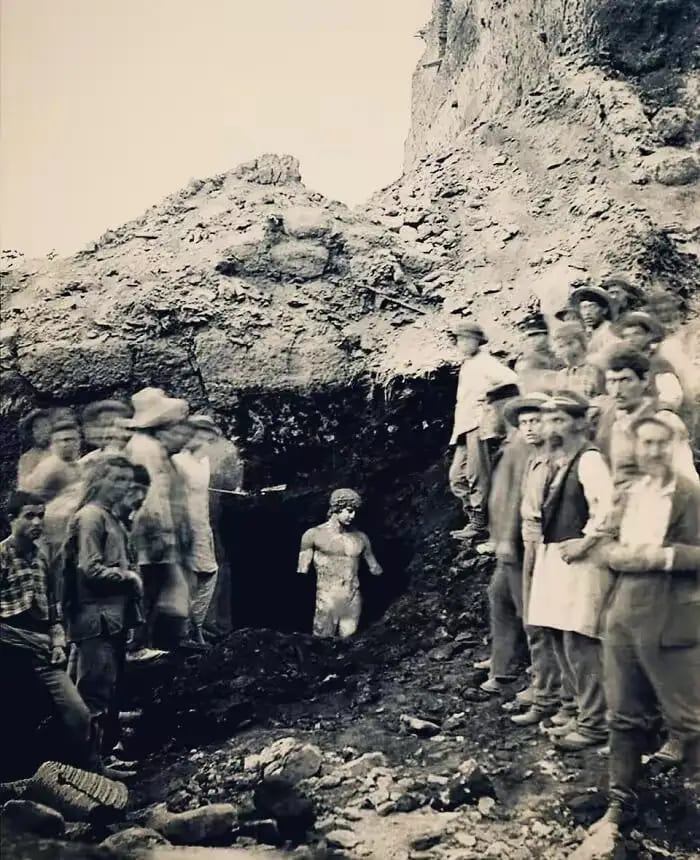
6. After the Netherlands was liberated in 1945, a photo showed boys happily hanging on a train.
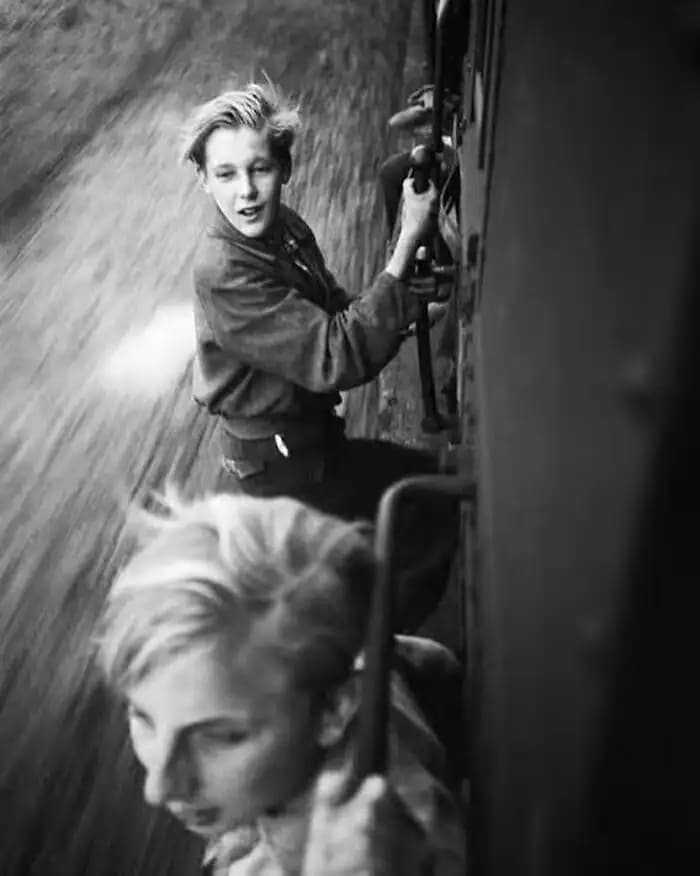
7. In the 1930s, a Turkish fisherman proudly displayed his plentiful catch.
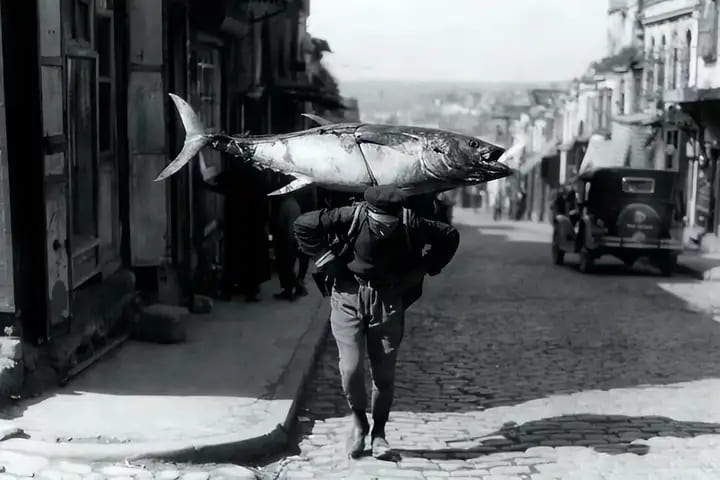
8. In the 1930s, a Chinese monk was photographed on the chain bridge at Tushan Temple in Jiangyou. Below him lay a deep, bottomless abyss.

9. In 1917, a photo captured the frozen fountain on Washington Avenue in Detroit.
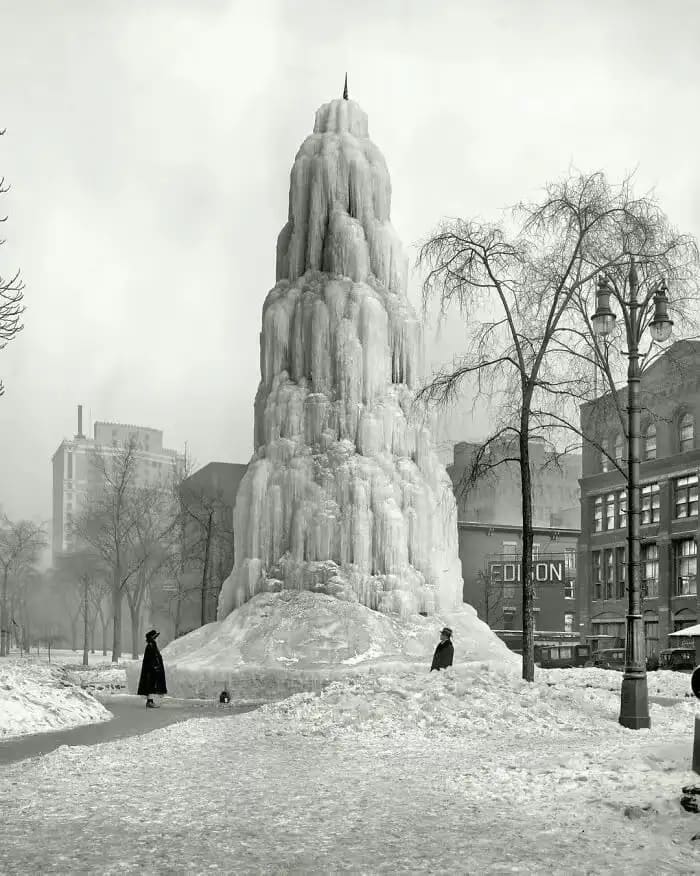
10. A 1970s photo recorded how dangerous amusement parks could be at that time.
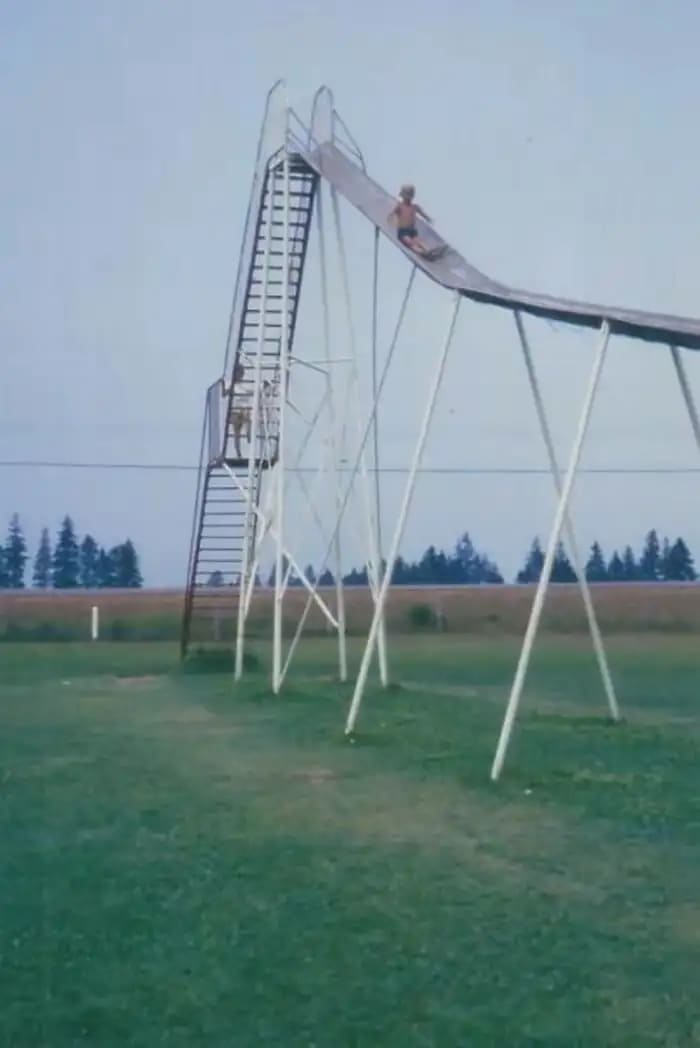
11. On June 17, 1885, the Statue of Liberty arrived in the U.S. as a gift of friendship from the French.
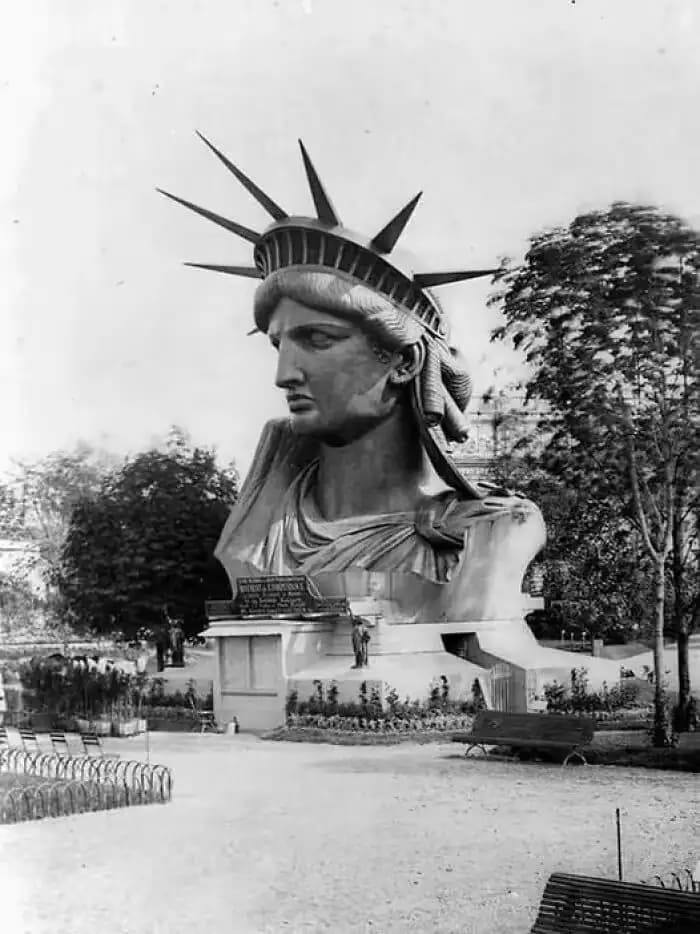
12. A photo from the 1910 Paris Auto Show showcased the car designs and technology of that era.

13. In 1936, New York Central Railroad's streamlined "Mercury" train was caught passing City Hall.

14. A color photo from D-Day (Normandy landings) in 1944 gave a clear look at the battle scene.
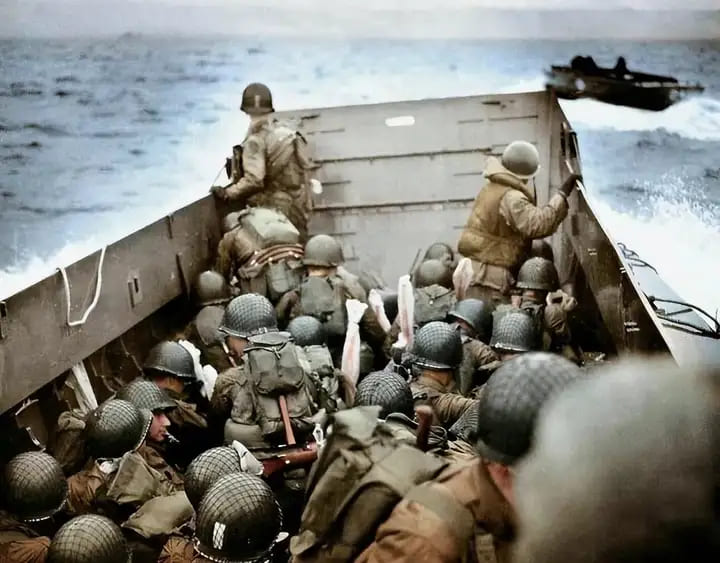
15. In 1932, a sailboat at London's Millwall Dock stood in sharp contrast to the rundown houses nearby.

16. In 1911, a photo of telephone poles in Pratt, Kansas, reflected the progress in telecommunications back then.
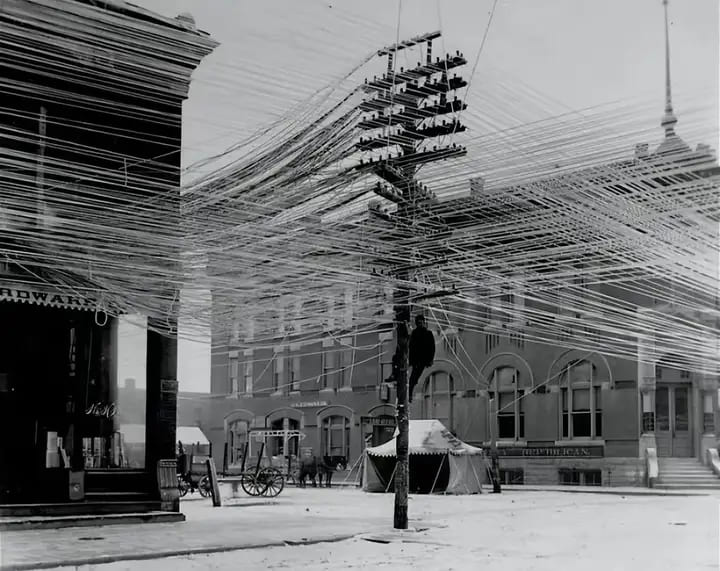
17. A photo of a telephone tower from 1890 showed how people communicated before cables were used.
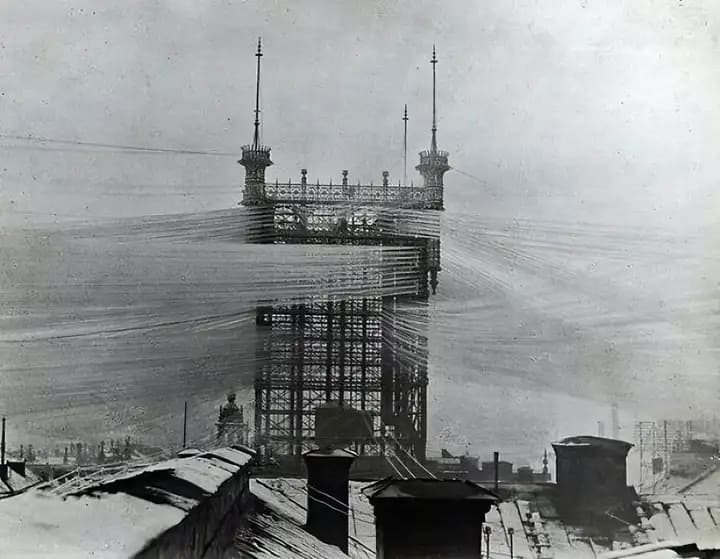
18. Photos from the Golden Gate Bridge's construction documented this great landmark's birth.
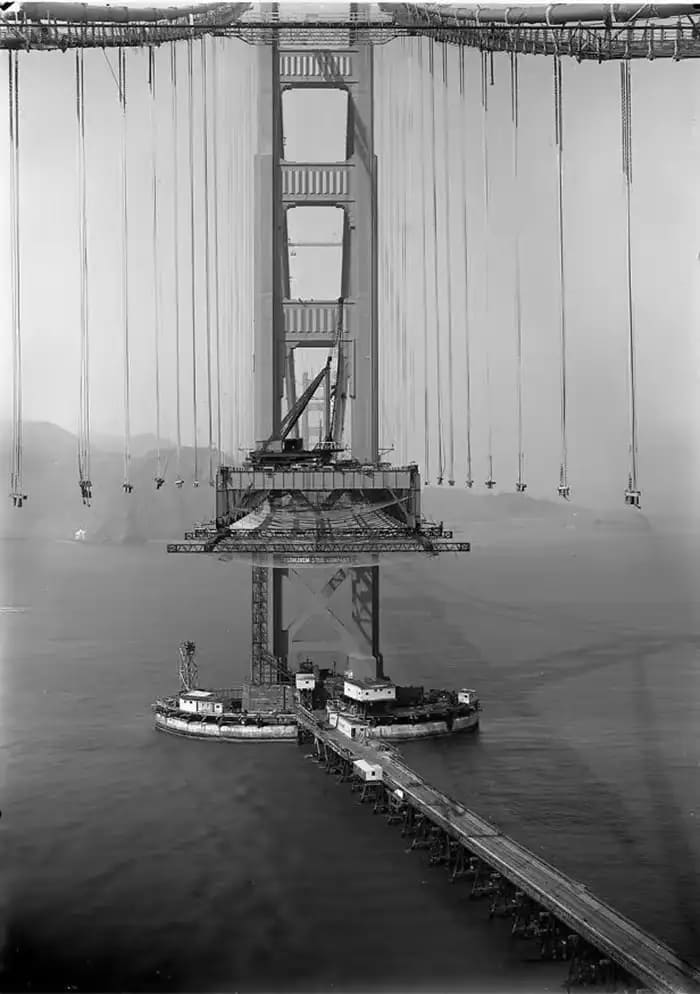
19. In 1979, a photo of the antenna installation at the World Trade Center marked an important moment for the building.
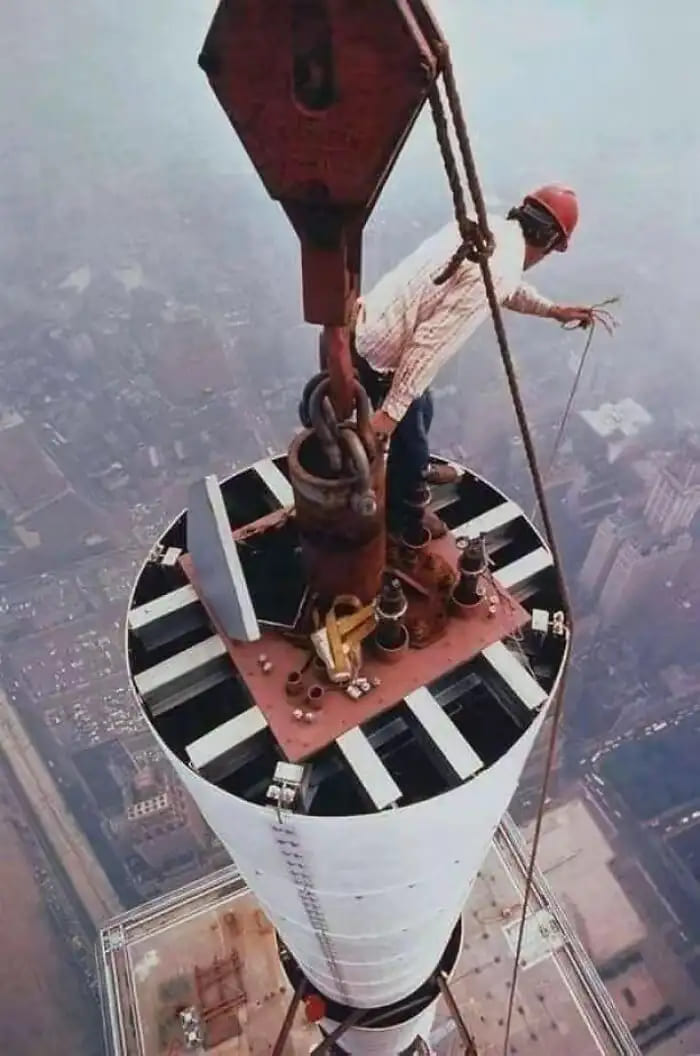
20. In 1927, the U.S. Navy's airship Los Angeles (ZR-3) was docked at a tall mast at Lakehurst Naval Air Station in New Jersey. Strong Atlantic winds eventually knocked the 658‑foot airship over.
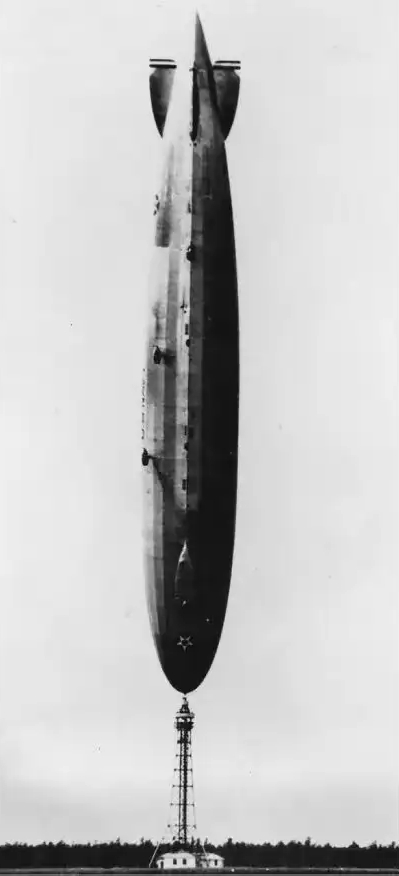
21. In the 1910s, a German photographer using carrier pigeons showed the early promise of aerial photography.

22. Even without Photoshop, people could create special effects. In this 1910s photo, every person is actually the same individual.
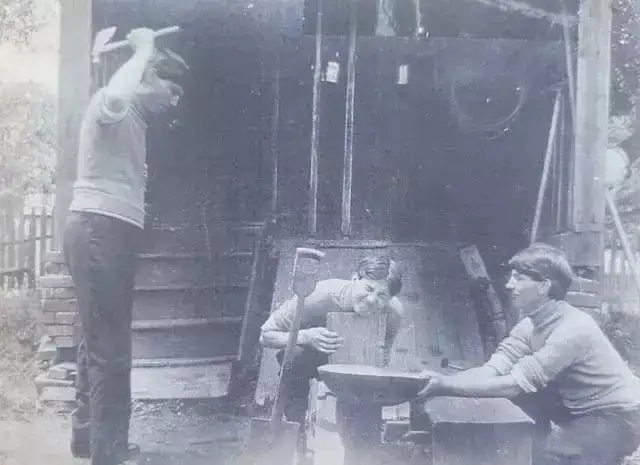
23. Stan Lee, known as the "Father of Marvel," worked in communications during World War II. About ten years after this photo was taken, he began creating comics.
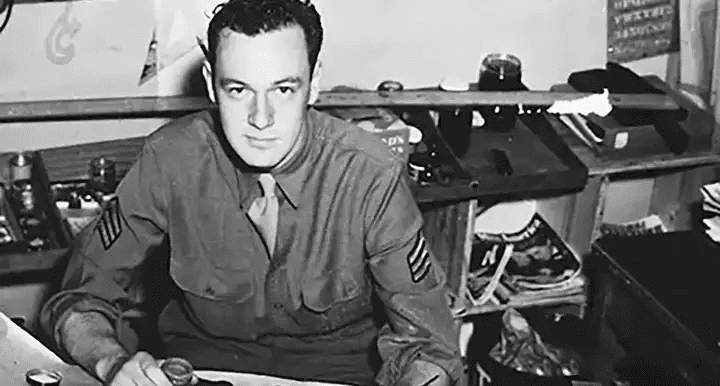
24. In 1985, John Travolta danced with Princess Diana at the White House.
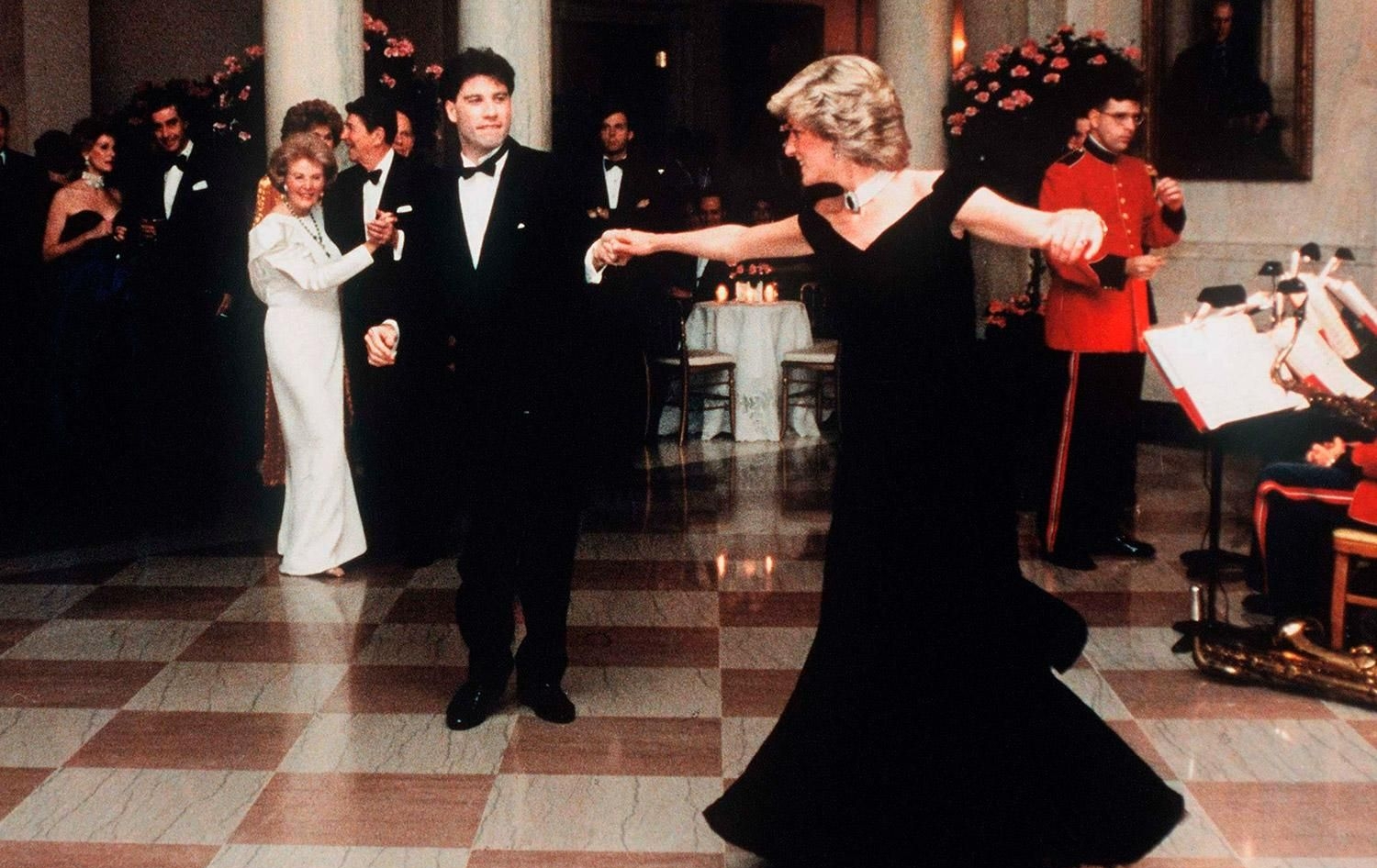
25. Airplane economy cabins in the 1950s looked more like what we now call business class.

26. In 1930s China, women had low status. The girl in this photo was lucky. She got a good education and later became a physics professor.
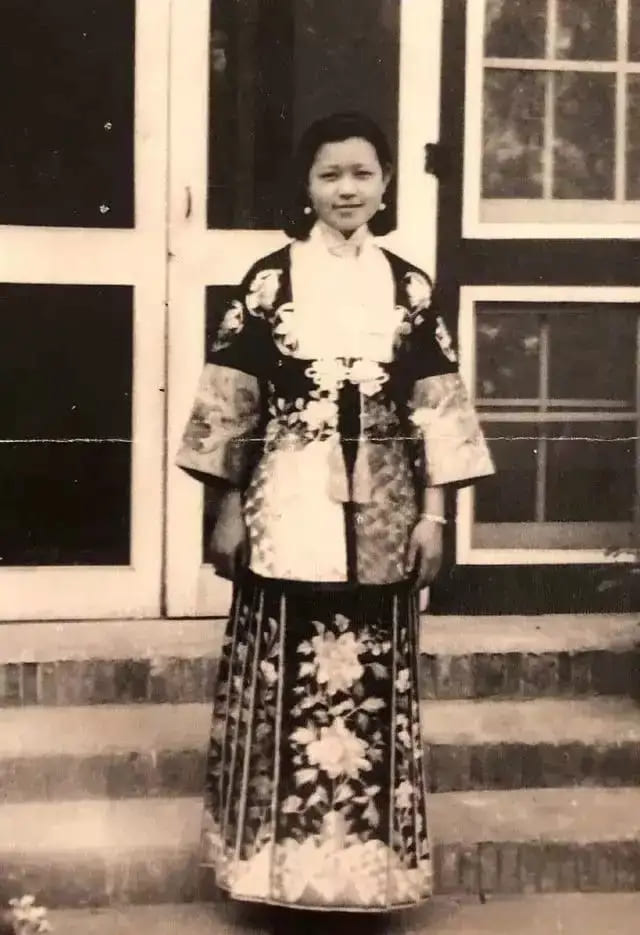
27. In 1903 in India, an executioner was fully armed.
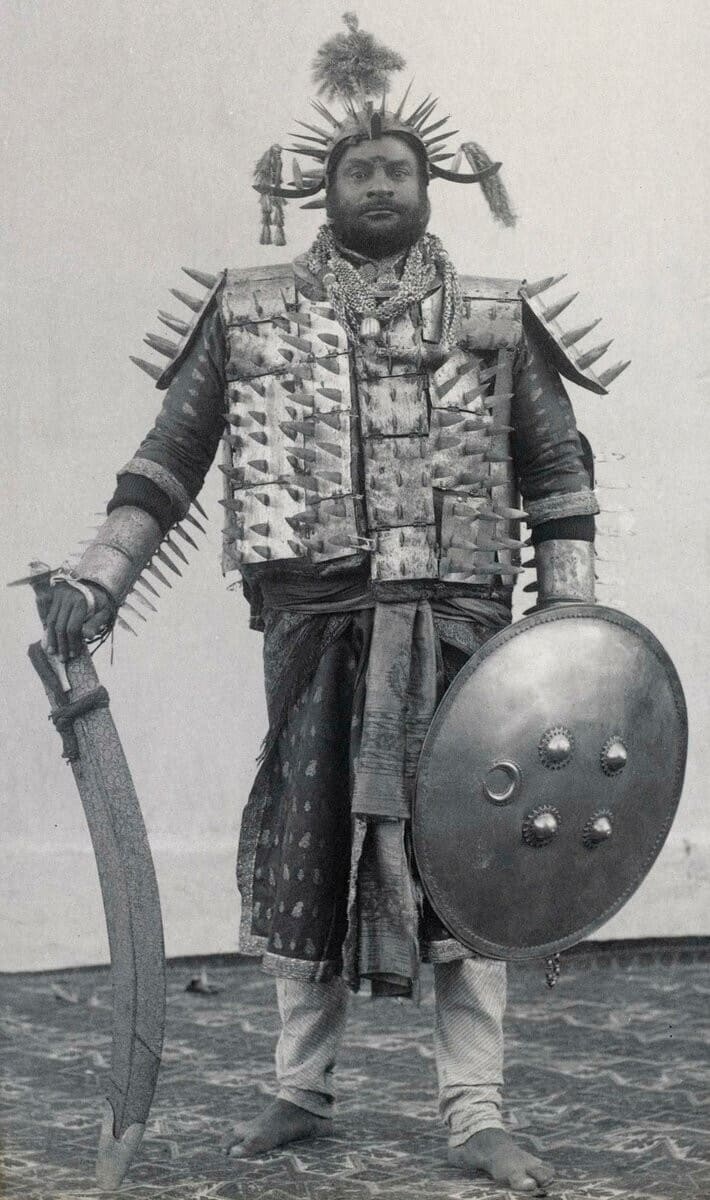
28. In 1960, officers from the Los Angeles Police Department dressed as women to catch thieves on the street.
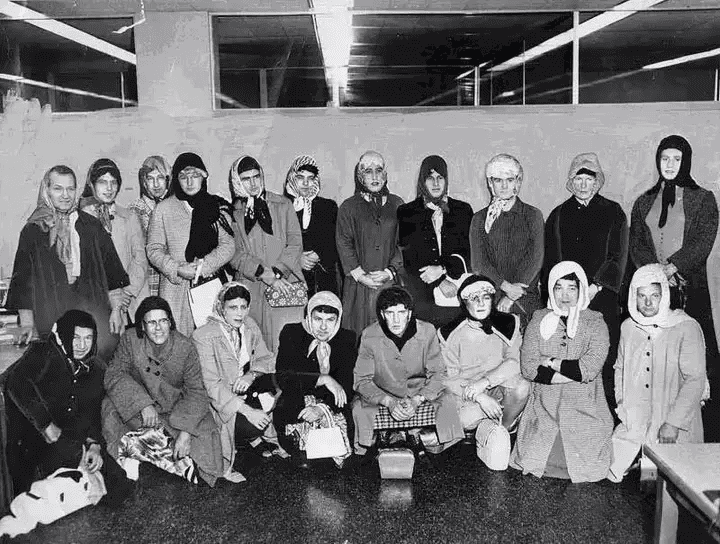
29. This photo might look cyberpunk, but it's really from the 1965 General Motors Technical Center. It shows a receptionist sitting at her desk.
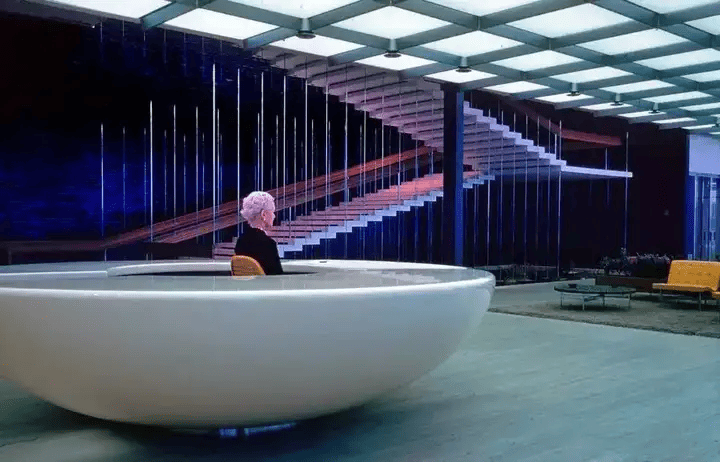
30. In 1951, a reporter slammed Marilyn Monroe's outfit, calling it "cheap and vulgar" and saying she'd look better in a potato sack. The photo below is her response.
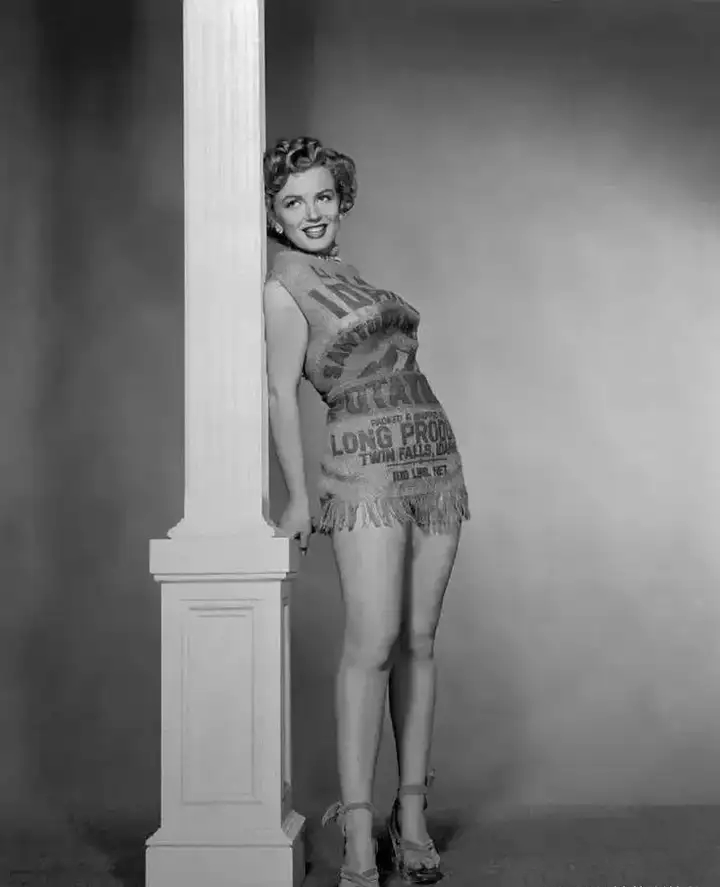
Epilogue: When the Shutter Means More
Maybe you agree that the most moving moment in photography isn't when you press the shutter. It often comes decades later, when someone stops to look at an old, yellowed photo. Their fingertips trace the faded cracks, and for a brief moment, they feel a deep connection to another time.
The 30 little-known historical photos we share in this article are like scattered clues. They were never meant to be "great," but over time, they have become a record of history.
As photographers, when we adjust a photo's curves late at night, we sometimes experience a strange shift in time. It feels not like we are fixing the images, but as if they are coming back to life through our screens.
If you've ever found yourself fighting pixels late at night and wished for more freedom in your hands, let us share a secret weapon: TourBox.

This small, hand-held controller will make you realize, in the quiet hours of photo editing, that a great tool should feel invisible.
TourBox won't cure our obsession with perfect images, but it lets you adjust settings as naturally as handling film — feeling the warmth in your fingertips when tweaking color temperature or the gentle curve of your wrist when adjusting contrast. It frees the instincts that a mouse once held captive.
For those of us who live for details, isn't that a kind of darkroom magic? After all, photography isn't just about capturing a moment. It's about shaping it.

If you're interested in TourBox, please check out our photo editing page to learn more. We're sure it will help you rediscover the feel of real hands in the digital age.